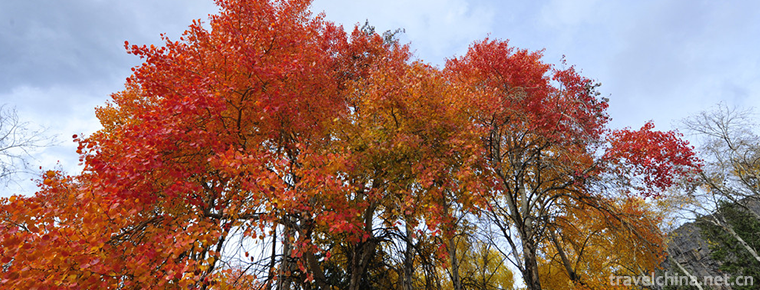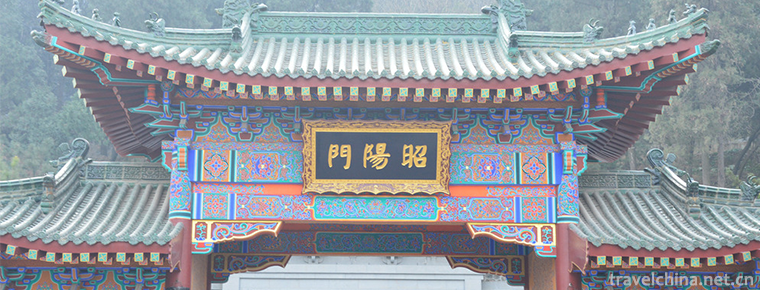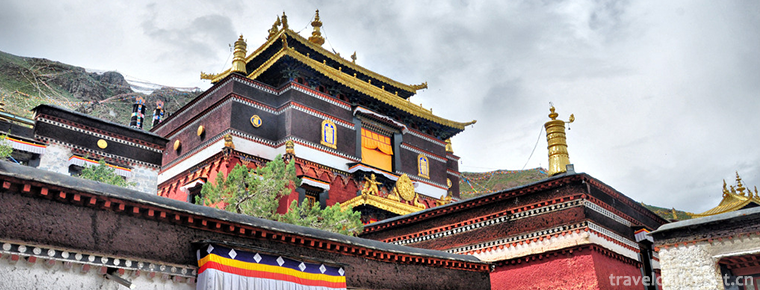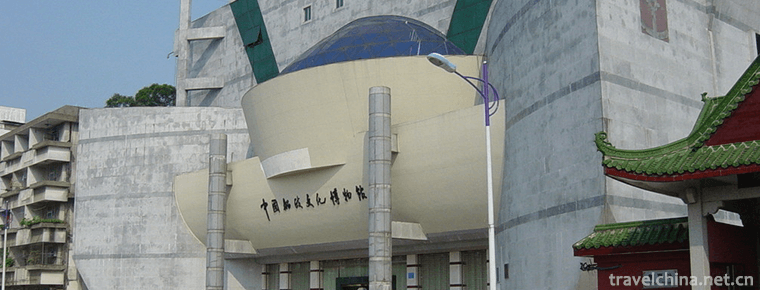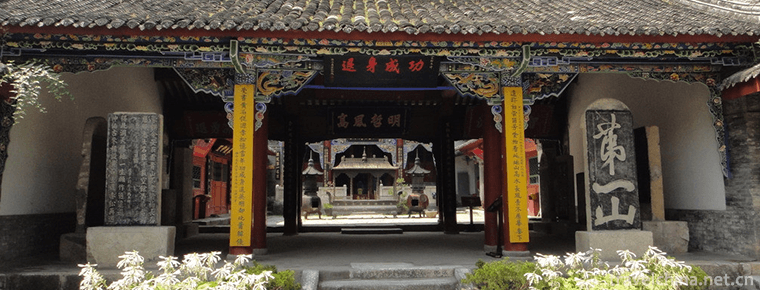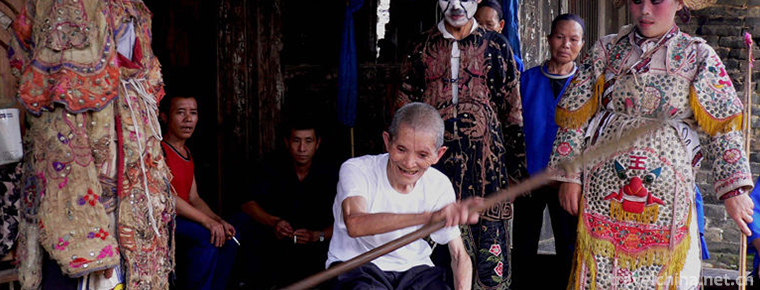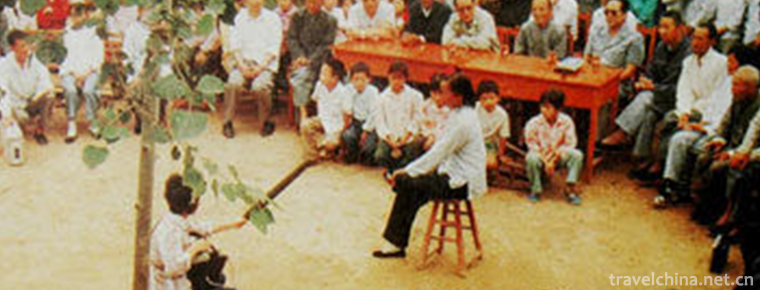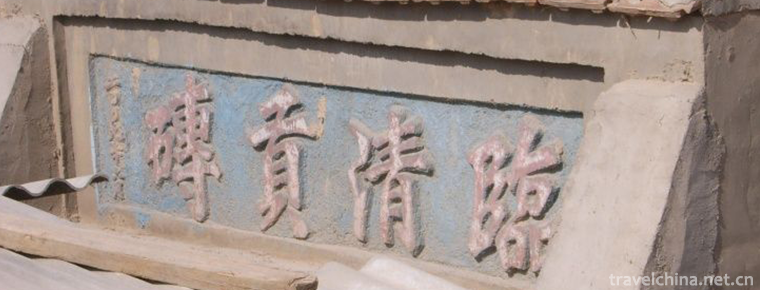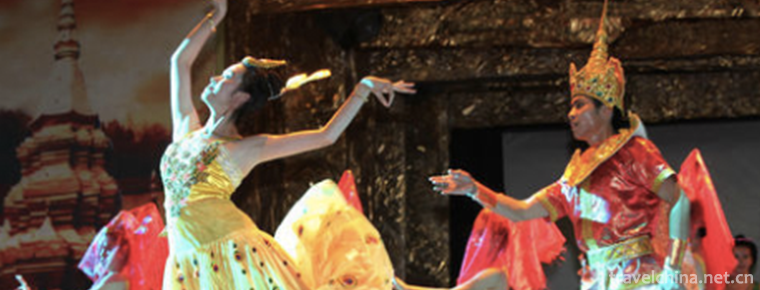Miao Batik Dyeing Techniques
Miao Batik Dyeing Techniques
Miao batik technology, the traditional handicraft of Danzhai County, Guizhou Province, is one of the national intangible cultural heritage.
Batik dyeing is one of the ancient folk traditional printing and dyeing techniques of the Chinese nation. As early as the Qin and Han Dynasties, the Miao people had mastered batik dyeing techniques, and the Song Dynasty reached its peak.
On May 20, 2006, Miao batik technology was approved by the State Council and listed in the first batch of national intangible cultural heritage list, project number_-25.
historical origin
As early as the Western Zhou Dynasty (11th century BC - 771 BC), dyeing and weaving technology in China had been greatly developed. According to the records of Li Ji and other documents, there was an official in charge of dyeing fabrics at that time called "dyeing people". In Chu State, there was also a "blue Yin" official specially responsible for the production of indigo. It is obvious that the silk weaving and dyeing processes at that time were quite large-scale.
Miao batik has a long history, many places are popular with "Batch Dyeing Song" (ancient song), narrating the origin of batik. As early as the Qin and Han Dynasties, the ancestors of the Miao nationality had mastered batik technology. According to the "Tongzhi of Guizhou Province", the batik cloth was once known as "appendix-dry patches" when wax-painted flowers were dyed on cloth.
Wax curtain (batik) was very popular in Wuxi area of Song Dynasty. In Ming and Qing dynasties, Miao people in central Guizhou also used batik clothing. During the period of the Republic of China, batik was prevalent among most Miao people in Western Hunan, Guizhou, Yunnan and southern Sichuan, while Danzhai, Anshun, Langdai (today's six branches), Puding and Huishui were the most skilled places in Guizhou. In most areas, batik products are used as clothing, while in Western Hunan, batik products are used as bed sheets, curtain edges, pillow towels, etc.
Danzhai County, Anshun County and Zhijin County are multi-ethnic inhabited areas with Miao as the main body. In the long-term hardship of isolation from the outside world, the inhabitants here gradually formed a self-sufficient way of life, thus preserving the ancient batik skills. According to Miao custom, all women are obliged to inherit batik skills. Every mother must teach her daughter how to make batik. So Miao women learn this skill from an early age. They grow indigo and plant cotton, spin and weave cloth, paint wax, dye and cut, and inherit it from generation to generation. In this situation, the Miao community has formed a batik art-led costume, marriage Festival rituals, social ways, funeral customs and other customs and cultures.
Inheritance and protection
Inheritance value
Batik dyeing is the earliest printing and dyeing technology used by human beings, which is also known as the "history book on the body". After passing down from generation to generation and continuous creativity, batik now basically breaks the previous design mode and production mode, carries on the creativity with the strong and simple national customs, and embodies the simple mystery of this ancient art.
Inheritance status
The variety of textiles is constantly enriched, and the status of batik as the mainstream textiles in Guizhou Miao area has been shaken gradually. With the development of tourism, batik handicraft products have been marketed as characteristic tourist souvenirs. In order to meet the needs of the market and pursue economic benefits, a large number of poor batik products emerged, which posed a threat to the orderly inheritance of skills. It can be seen that Miao batik technology urgently needs real protection and reasonable development.
Heritage figures
Wang Ayong, female, Miao nationality, born in February 1944, is a visionary villager in Paitiao Town, Danzhai County, Guizhou Province. In May 2006, Miao batik technology was listed in the first batch of national intangible cultural heritage list of traditional skills, project number_-25. In December 2012, Wang Ayong was selected as the representative successor of the fourth batch of national intangible cultural heritage projects and declared in Danzhai County, Guizhou Province. The rural women in Wang Ayong's hometown are almost all batik painters. She learned batik painting from an early age with the old people and her sister. The batik technique is becoming more and more mature. She paints without ruler, without foundation, with bold brush strokes, and works at one go. Flowers, birds, fish and insects in her paintings are vivid, lively and distinct in their traditional patterns and lines. His representative works include "Centennial Whirlpool Batik Dyeing". In 1983 and 1984, Wang Ayong was invited to perform in American wax painting twice. American audiences called her "Oriental Artist" and "Oriental First Dye". Wang Ayong has also been invited to teach art in other places for many times, and founded Danzhai Ayong Batik Dyeing Tourism Culture Company.
protective measures
The state attaches great importance to the protection of batik, a folk handicraft. On May 20, 2006, Miao batik technology was approved by the State Council and listed in the first batch of national intangible cultural heritage list.
In June 2015, a non-heritage protection base with Miao batik as the core was established in Rongshui National Vocational and Technical School. Over the past two years, the base has enrolled more than 100 students in two batches. After school, under the guidance of Mak Hua, the Miao wax dyeing successor, the base has systematically studied the traditional wax dyeing craft and artistic creation.
social influence
With the development of science and technology, Miao batik technology has been further developed on the basis of tradition. As a special commodity, Miao batik technology integrates practicability and artistry. With its unique charm, it rapidly opens up domestic and international markets. Its products are sold to more than 200 cities in China and exported to Japan, the United States, France, Southeast Asia and other countries and regions.
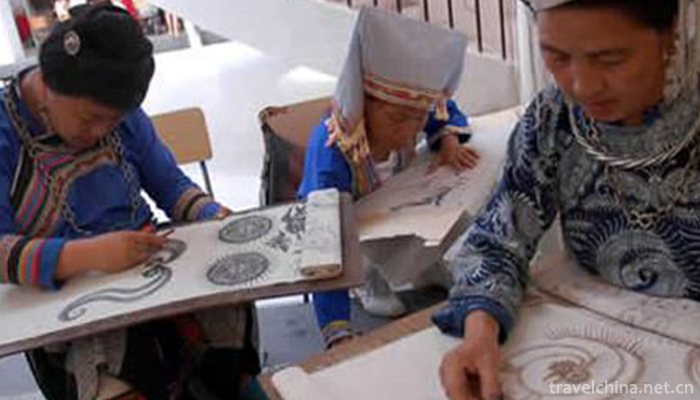
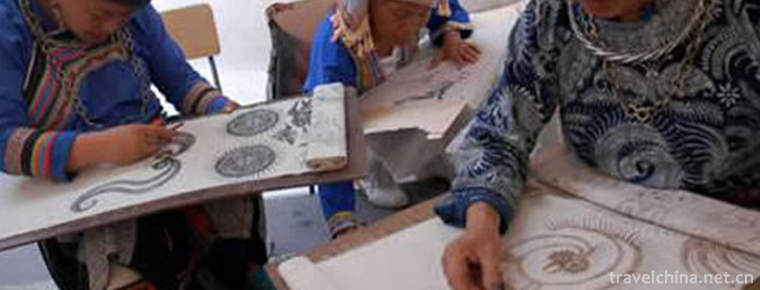
Miao Batik Dyeing Techniques
-
Aerhchin Mountains
Altyn Tagh is a mountain range in southeastern the Xinjiang Uygur Autonomous Region, China. The eastern end extends to the two provinces of Qinghai and Gansu
Views: 292 Time 2018-11-01 -
travel china guide
China is a superpower with a lot of dialects. Even the Chinese themselves, they often feel far away from home when they are in a different city
Views: 388 Time 2018-11-15 -
Huaqing Pool Scenic Area
Tang Huaqing Palace is another palace for feudal emperors in Tang Dynasty. Later also known as "Huaqing Pool", located in Lintong District, Xi'an City, Shaanxi Province.
Views: 179 Time 2018-12-12 -
Zhashlenbu Temple Scenic Spot in Shigaze
Zashrunbu Temple means "auspicious Xumi Temple". Its full name is "Zashrunbu Baijid Qinqu Tangkelenan Bajawalin". It means "auspicious must gather in Fushu to win over Fangzho
Views: 246 Time 2018-12-12 -
Mawei Shipping Museum
The Mawei Shipbuilding Cultural Heritage Group in Fuzhou is centered on the Chinese Shipbuilding Cultural Museum, including Zhongpo Battery, Zhaozhong Temple, British Consulate
Views: 247 Time 2019-02-06 -
Zhangliangmiao Scenic Area
Zhangliangmiao, a holy place of Quanzhen sect, is located at the foot of Zibai Mountain on the southern slope of Qinling Mountains. It is 101 kilometers south of Hanzhong
Views: 131 Time 2019-03-16 -
Dong Opera
Dong Opera, one of the national intangible cultural heritage, is a local traditional drama in Liping County, Guizhou Province, Tongtong Dong Autonomous County, Hunan Province and Sanjiang Dong Autonom
Views: 231 Time 2019-04-27 -
Gengcun Folk Stories
Gengcun Folklore Gengcun Folklore, the traditional folk literature of Gaocheng City, Hebei Province, is one of the intangible cultural heritage at the national level.
Views: 155 Time 2019-05-01 -
Burning Techniques of Linqing Gong Bricks
Linqing fired tribute brick is an ancient handicraft. Beginning in the early Ming Dynasty, Yongle's firing technology is the unique experience accumulated by the working people in Linqing of Shandong
Views: 117 Time 2019-05-13 -
Sho Dun Festival
The Shirton Festival is a traditional religious festival of Tibetan people in Tibet, Qinghai, Gansu, Sichuan, Yunnan and other provinces and regions. It is mostly held in early February, mid-April or
Views: 186 Time 2019-07-09 -
Shaoshutun and Munona
Manmaisankang National AAA Scenic Area, where every day the love story between Zhaoshu Tun and the Peacock Princess Munona, beautiful music, more than 100 peacocks falling from the sky, the beautiful
Views: 129 Time 2019-07-25 -
Neijiang cultural undertakings
By the end of 2019, there are 121 performing arts venues in Neijiang City, including 6 cultural venues. There are 5 museums, 5 cultural relics protection and management institutions, 7 national key cultural relics protection units, 42 provincial cultural relics
Views: 302 Time 2020-12-16

